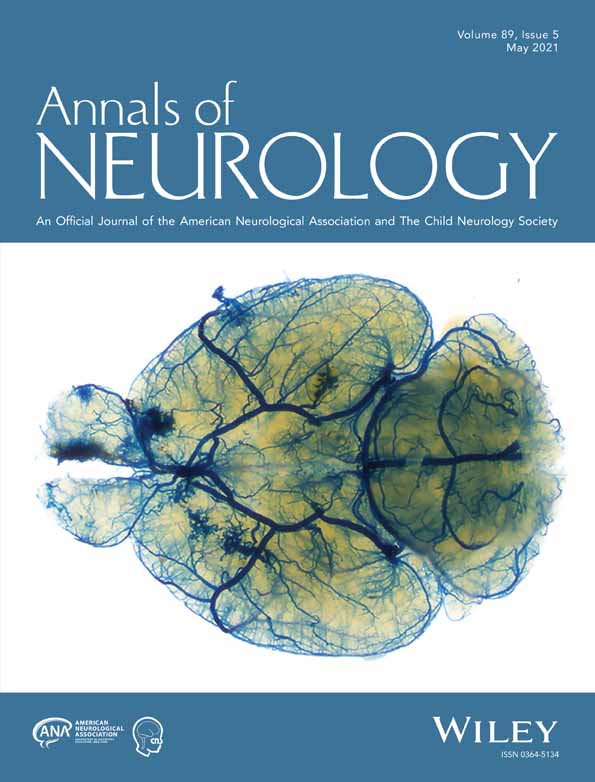Diagnostic Utility of Gold Coast Criteria in Amyotrophic Lateral Sclerosis
Abstract
Objective
The diagnosis of amyotrophic lateral sclerosis (ALS) remains problematic, with current diagnostic criteria (revised El Escorial [rEEC] and Awaji) being complex and prone to error. Consequently, the diagnostic utility of the recently proposed Gold Coast criteria was determined in ALS.
Methods
We retrospectively reviewed 506 patients (302 males, 204 females) to compare the diagnostic accuracy of the Gold Coast criteria to that of the Awaji and rEEC criteria (defined by the proportion of patients categorized as definite, probable, or possible ALS) in accordance with standards of reporting of diagnostic accuracy criteria.
Results
The sensitivity of Gold Coast criteria (92%, 95% confidence interval [CI] = 88.7–94.6%) was comparable to that of Awaji (90.3%, 95% CI = 86.69–93.2%) and rEEC (88.6, 95% CI = 84.8–91.7%) criteria. Additionally, the Gold Coast criteria sensitivity was maintained across different subgroups, defined by site of onset, disease duration, and functional disability. In atypical ALS phenotypes, the Gold Coast criteria exhibited greater sensitivity and specificity.
Interpretation
The present study established the diagnostic utility of the Gold Coast criteria in ALS, with benefits evident in bulbar and limb onset disease patients, as well as atypical phenotypes. The Gold Coast criteria should be considered in clinical practice and therapeutic trials. ANN NEUROL 2021;89:979–986
Potential Conflicts of Interest
J.M.S. has received personal compensation from Avexis, Biogen, Brainstorm, Cytokinetics, Mitsubishi Tanabe Pharma America, Neurosense, Orphazyme, Otsuka, and Revalesio, and research support from Amylyx, Brainstorm, Cytokinetics, Medicinova, and Mitsubishi Tanabe Pharma America, unrelated to the present study, but in the field of ALS/motor neuron disease relating to clinical drug trials. The other authors have nothing to report.




